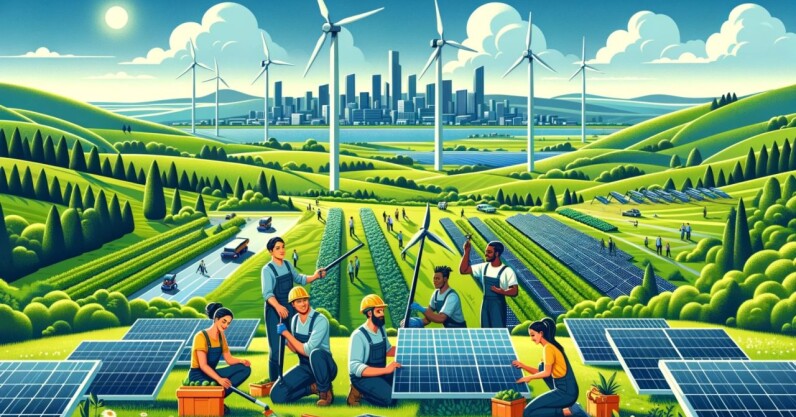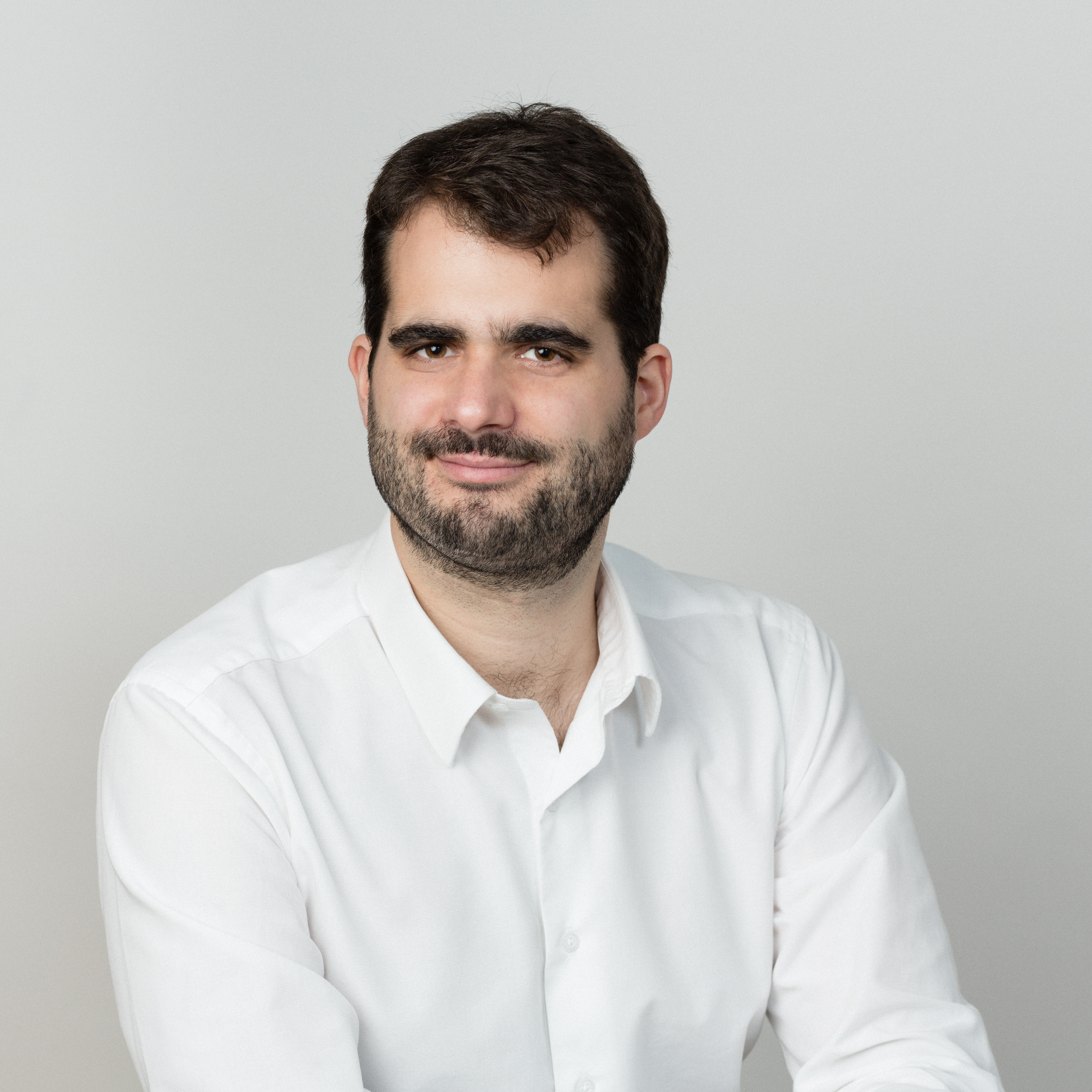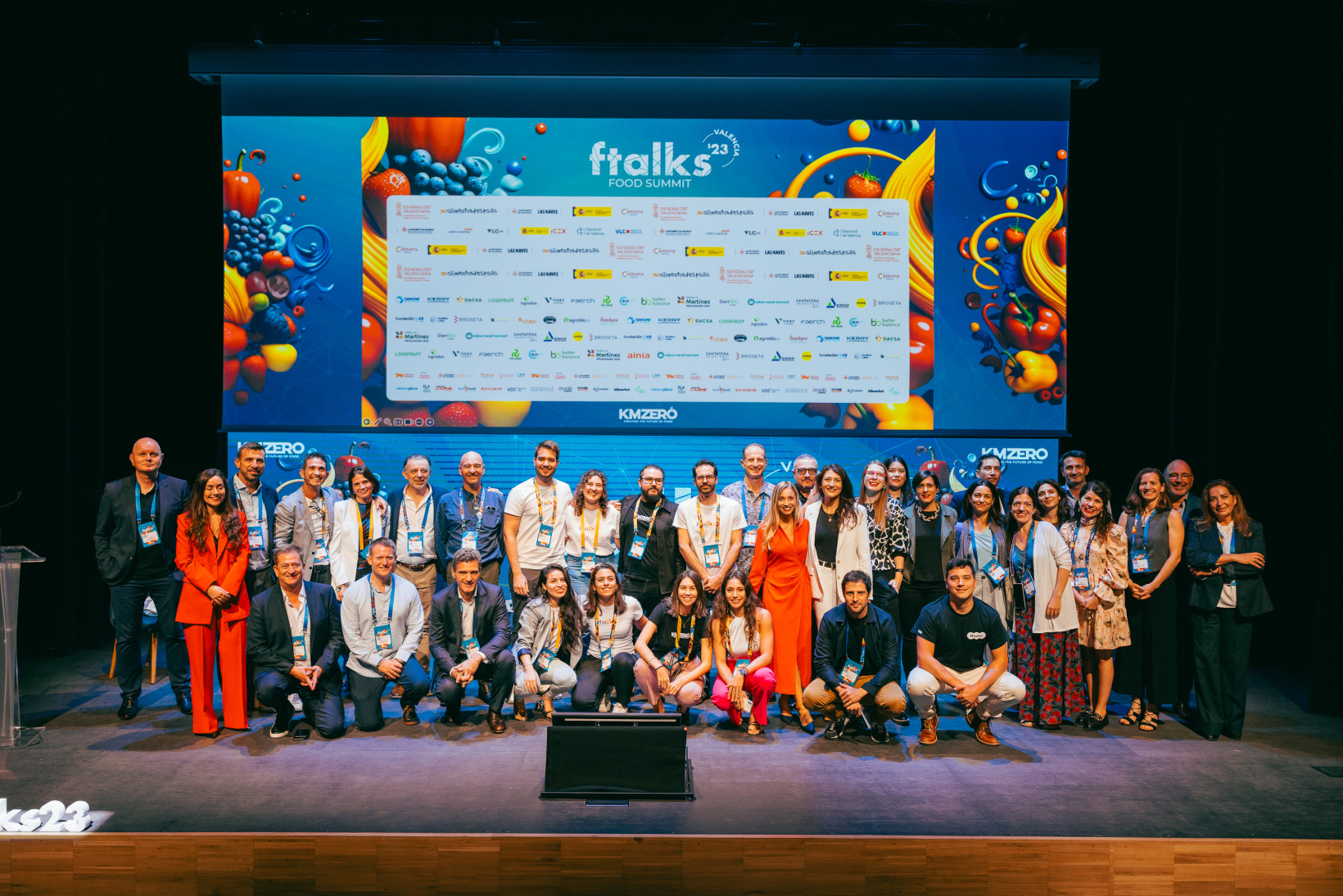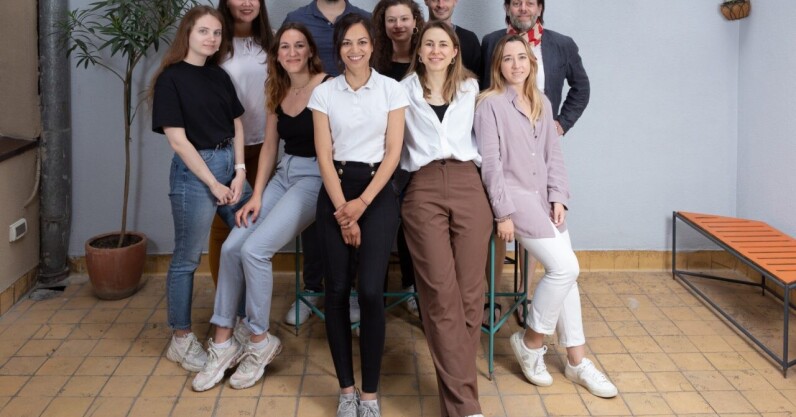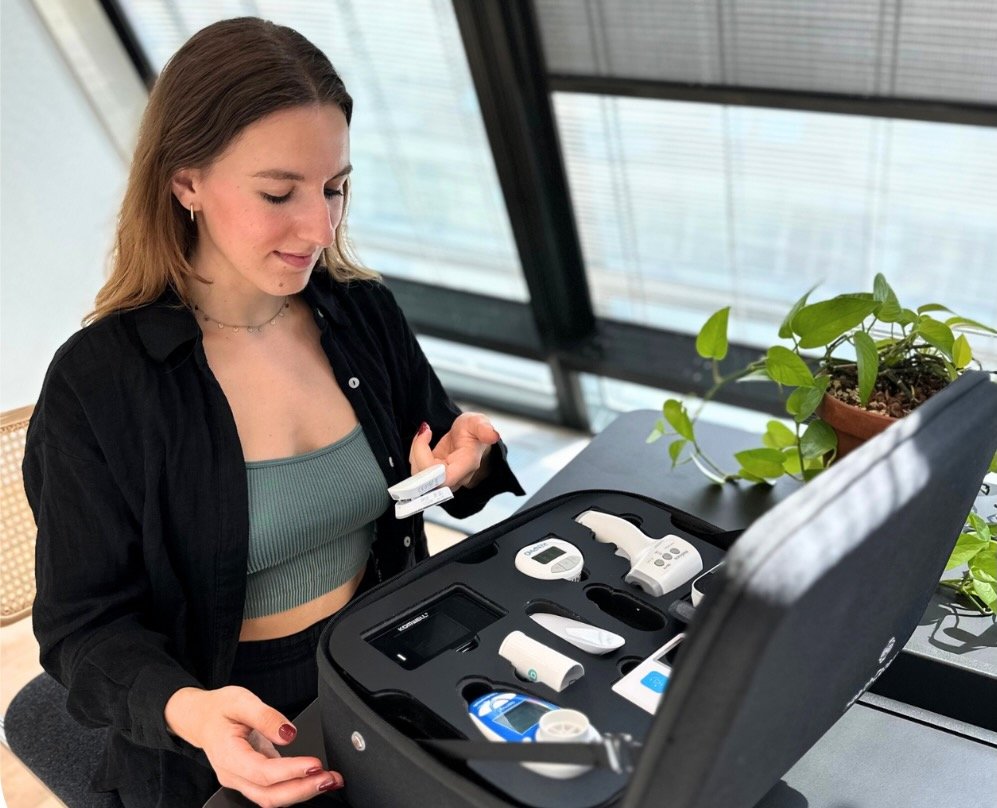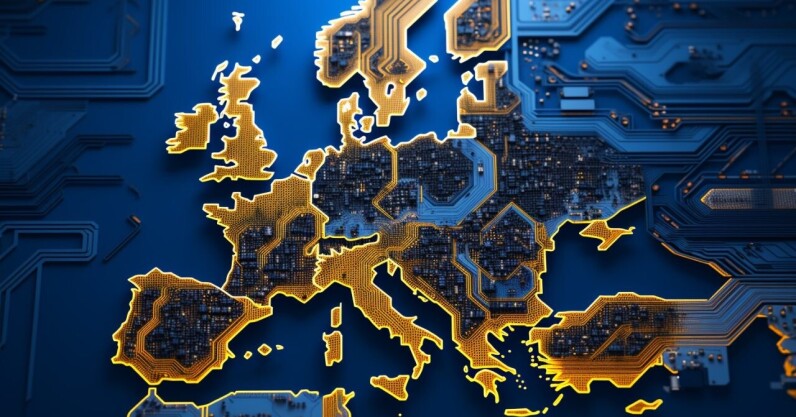The two rings: Finland’s Oura sues Ultrahuman over rival wearable
Oura, the Finnish health wearable startup, is suing one of its biggest rivals, claiming it copied its ring device and accessed proprietary information.
The Oulu-based company, which makes the Oura Ring health tracking device and has raised more than €140 million, has filed legal action against Indian company Ultrahuman.
In a lawsuit filed in a court in Texas in early September, Oura accuses Ultrahuman of violating its patents and accessing proprietary information through ex-Oura employees and investors to develop its competing smart ring product.
Oura, which is valued at over €2 billion, has one million users of its ring and has garnered celebrity fans.
The company has released three iterations of its smart ring to date. It tracks metrics like heart-rate variability, blood oxygen rate and sleep patterns. Unlike wearables like Fitbit wristbands, Oura markets its device as a smaller, more compact product that can do similar tasks but with a sleeker look.

Ultrahuman meanwhile initially developed sensors for health and exercise tracking. It released its first device to be worn on a finger called the Ring last year, and a new iteration called the Ring Air earlier this year.
Ultrahuman did not respond to requests for comment on the allegations. The company has also yet to respond to the allegations contained in the legal filing.
Allegations
Oura claims that Ultrahuman designed its ring by “blatantly copying Oura’s technology,” infringing on patents held by the Finnish company.
Oura alleges that Ultrahuman gained access to proprietary information about its ring technology through former employees.
“Ultrahuman’s efforts to copy Oura do not stop at infringement, but have extended to hiring former Oura employees, soliciting current Oura engineers, and potentially benefiting from some of its primary investors gaining access to Oura’s proprietary and confidential information prior to launch of the Ultrahuman Ring,” Oura stated in its legal filing.

It added: “Moreover, Ultrahuman has hired and solicited a number of Oura’s employees and engineers to assist with development of the Accused Instrumentalities [Ultrahuman Ring].”
In the filing, Oura sets out several details and features in Ultrahuman’s ring that it claims the rival company has copied.
This includes the titanium used in the device, skin sensors and PPG sensors, which measure various health metrics for the wearer, and the fact that the device uses similar batteries from the same suppliers.
According to Oura, Ultrahuman is “supported by an investor” that gained access to confidential and proprietary information on the Oura Ring in December 2021. Oura has not disclosed the name of the investor, nor is it clear if Oura is referring to one of its own investors.
No coincidence?
Oura claimed that the “similarities are not a mere coincidence”. The Finnish company goes as far as to claim Ultrahuman imitated its social media content for promoting the device. Oura is seeking damages of “amount to be proved at trial.”
A spokesperson for Oura declined to answer any further questions about the allegations made in the lawsuit but said the company planned to defend its intellectual property.
“We will fiercely protect the innovative work of our team, and defend against those looking to take a shortcut,” they said.
The case could initiate a lengthy legal battle between two of the wearable industry’s most significant startups.
What’s at stake?
Both companies have attracted a sizable amount of venture capital funding.
In April of 2022, Oura announced that it was valued at $2.5 billion following an additional injection of capital from investors, though a figure for the latest investment was not disclosed.
In 2021, Oura raised $100 million in a Series C round led by The Chernin Group and sports tech investor Elysian Park Ventures. Its other investors include Temasek, MSD Capital and Salesforce boss Marc Benioff. Oura appointed a new chief executive last year in Tom Hale.
Ultrahuman raised a $17.5 million Series B round a year ago from VC firms like Nexus Venture Partners and Blume Ventures and is backed by some high-profile angel investors like Zomato chief executive Deepinder Goyal.
Wearable market
The global market for fitness trackers is expected to be worth over $258 billion by 2032, according to analysis firm Precedence Research.
That covers a wide range of products from smart watches to trackers like FitBit. Smart rings are a relatively smaller subset of that market.
Oura, having burst on the scene in 2013, has taken a lead in that space, regularly featured on consumer guides for smart rings.
It now boasts over one million devices sold and celebrity users like Jennifer Aniston and Kim Kardashian. While based in Finland with offices in Oulu and Helsinki, the company has also opened offices in San Francisco and San Diego as it targets the US market.
Oura’s ring began as a consumer wearable product focused on sleep tracking, but has gradually expanded that remit to be a broader health tracking device. For instance, it has integrated its product with fertility and contraception app Natural Cycles to enable users to track period cycles.
It has also rolled out a subscription service, bringing the company into the SaaS arena. A ring can cost up to €500 but the access to software products on top of that, with a monthly subscription, aims at diversifying the company’s income stream with recurring monthly revenue.
Meanwhile, Oura has deepened its investment in R&D.
Health data and privacy
Playing in the space of health data is a risky bet given the sensitivity of the information that Oura collects. Earlier this year, Oura acquired San Francisco-based digital ID startup Proxy, which specialises in encrypting sensitive data.
When Oura CEO Hale announced the deal, he described the acquisition as “paving the way for new opportunities in areas such as payments, access, security, identity, and beyond, fuelling future growth.” This hinted at a much bigger vision for Oura and its wearable device.
Ultrahuman has its own vision too. The Indian company may be new to the smart ring game, but it is not new to health tracking and wearables. Its first flagship product was a smart glucose tracking patch that monitored a user’s glucose levels and generated insights based on the data. Much like Oura, it too operates a subscription service.
Ultrahuman dipped its toes into the smart ring game in early 2022 when it acquired LazyCo, another Indian startup, which had built a smart ring product.
Oura is seeking a jury trial. Ultrahuman has yet to respond in the Texas court but will in all likelihood do so soon. At that stage, the case will take greater shape but both sides could be facing a lengthy process.
The two rings: Finland’s Oura sues Ultrahuman over rival wearable Read More »

